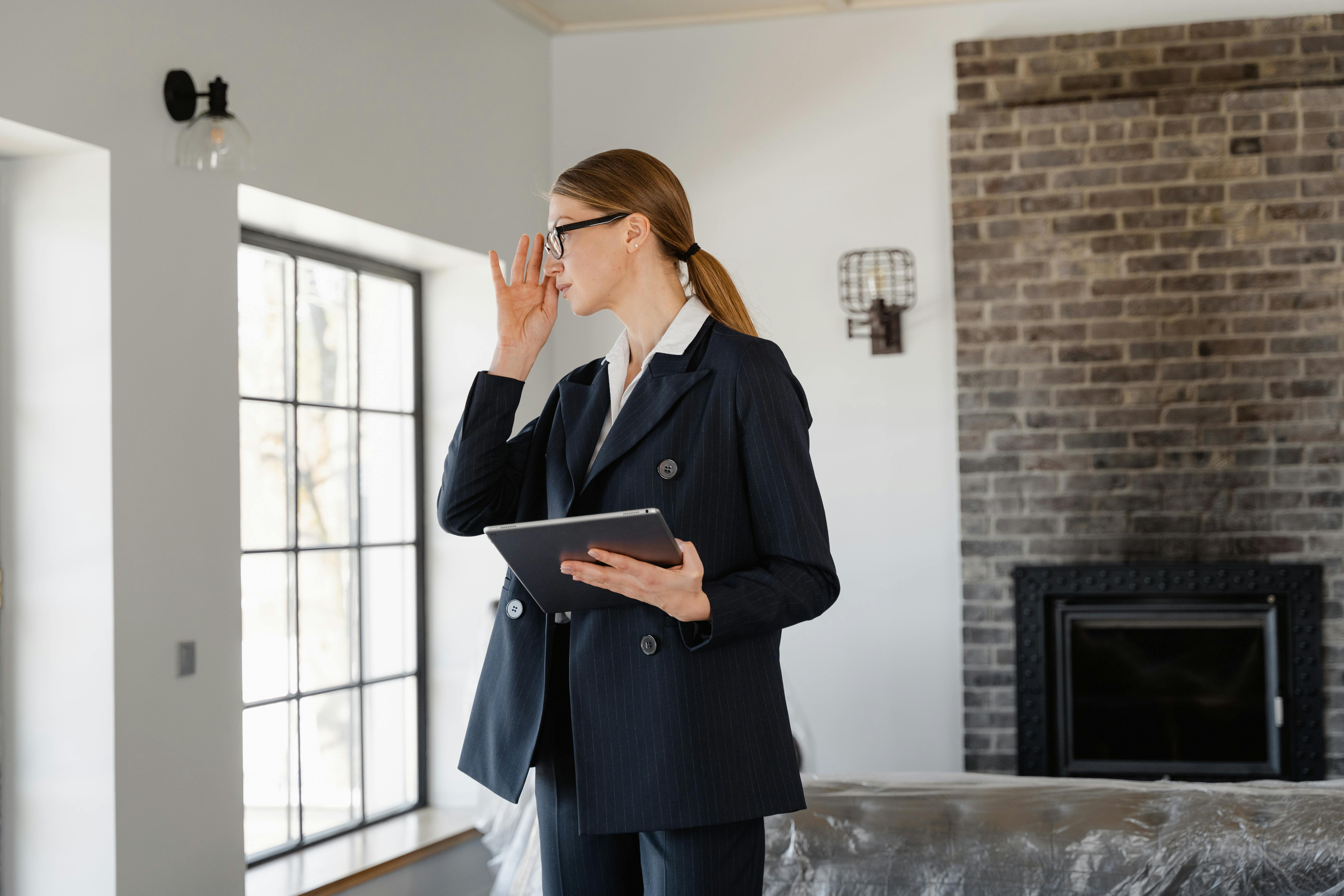Key Takeaways
- Meeting rental safety standards protects tenants, strengthens trust, and maintains property value.
- Regular inspections and proactive maintenance help prevent hazards and ensure compliance.
- A property manager can simplify safety checks, recordkeeping, and tenant communication.
Protecting your rental property goes beyond minimum requirements. A safe and secure home shields your investment while giving tenants peace of mind. Prioritizing safety leads to satisfied renters, fewer liabilities, and stronger long-term compliance.
So, how can landlords be sure their property is truly safe? This guide by KRS Property Management Lynchburg highlights essential responsibilities, evaluation strategies, and proactive steps to reduce risks and support tenant well-being.
Know the Legal Requirements
Every rental must meet housing codes that address structure, sanitation, fire safety, and more. Landlords are responsible for understanding the regulations at each level:
Federal standards often involve lead-based paint disclosures and fair housing requirements.
State and local codes cover plumbing, electrical systems, habitability, and fire safety.
Most building or housing departments offer landlord-specific checklists. Use these resources to stay aligned with the most current safety obligations.
Tip: Reach out to your city’s building authority for the latest requirements in your area.
Schedule Regular Safety Inspections
Routine inspections catch small issues before they grow into major repairs. Areas to evaluate regularly include:
Electrical: overloaded outlets, frayed wiring, outdated panels
Plumbing: leaks, low water pressure, mold risks
HVAC: filter replacements, system efficiency
Structure: stairs, balconies, ceilings, floors
Proactive inspections strengthen tenant trust, reduce disputes, and keep repair costs manageable.
Tip: Hire a licensed inspector once a year for a thorough professional assessment.
Follow Fire Safety Guidelines
Detectors and alarms: Install smoke alarms in every bedroom and hallway. Place carbon monoxide detectors near sleeping areas.
Fire extinguishers and exits: Provide extinguishers in kitchens, garages, and utility rooms. Ensure every bedroom has an escape window and share evacuation plans.
Outdoor safety: Keep walkways clear and well-lit for easy access and emergency response.
Tip: Test alarms and refresh fire safety procedures during seasonal maintenance.
Control Environmental and Health Hazards
Moisture and pests: Install ventilation fans and schedule pest control to prevent mold and infestations.
Lead paint and asbestos: Homes built before 1978 must meet lead disclosure rules. Older properties may require asbestos checks by licensed professionals.
Tip: Certified inspectors can help uncover hidden risks before they affect tenants.
Strengthen Security and Accessibility
Locks and windows: Install quality deadbolts and secure window locks.
Lighting and technology: Add exterior lighting, motion sensors, or smart locks to enhance safety.
Accessibility features: Consider ramps, grab bars, or walk-in showers for senior or mobility-limited tenants.
Tip: Reassess locks and lighting between tenancies to maintain strong security.
Educate and Inform Tenants
Clear communication builds trust and promotes safe living habits. Provide:
Emergency contact lists, including yours and your property manager’s
Safe appliance usage guidance
Instructions for urgent issues like gas leaks or outages
A digital safety handbook with seasonal reminders helps tenants respond quickly and responsibly.

Keep Records and Certifications Current
Maintain digital copies of:
Inspection and repair logs
Permits and warranties
Safety certifications and renewal dates
Strong documentation protects you in audits, prevents missed deadlines, and supports smooth operations.
Why Safety Is Worth the Investment
Legal protection: Compliance shields against fines and lawsuits.
Tenant retention: Safe homes encourage renewals, lowering turnover costs.
Property value: Well-maintained rentals hold or increase their value.
Responsible ownership: Safety demonstrates professionalism and community care.
Bottom Line
Rental safety is an ongoing commitment. Through inspections, timely repairs, and clear communication, landlords protect tenants, preserve property value, and maintain steady income.
For landlords who prefer expert support, a professional property manager can handle inspections, compliance, and tenant communication—ensuring nothing is overlooked.
Ready to keep your rental safe and compliant? Contact us today to protect your investment and give your tenants lasting peace of mind.







_4.png)